latest
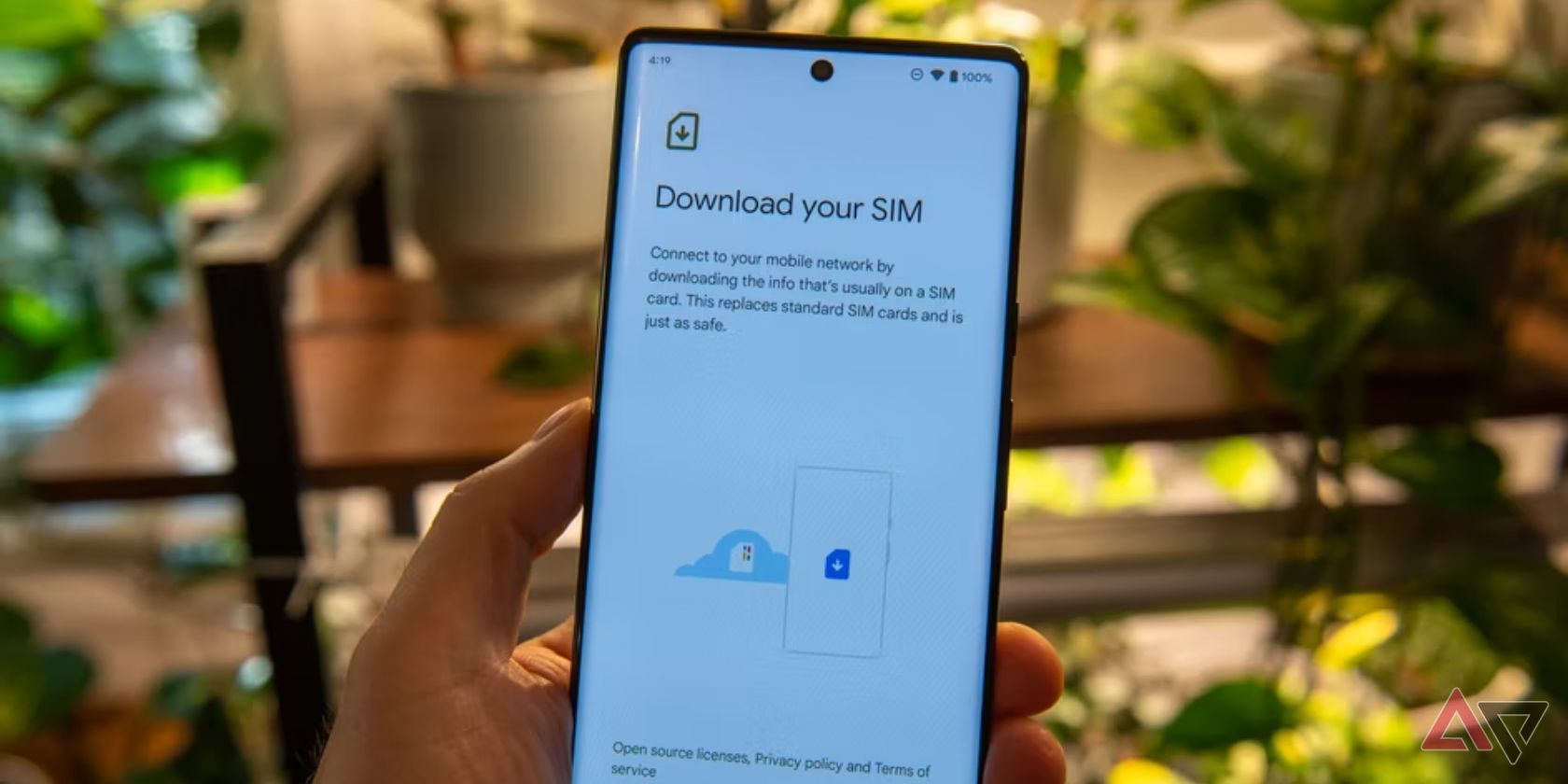
eSIMs are a digital replacement for the SIM card, but despite their advantages over physical SIMs, the technology can be difficult to use. While transferring a physical SIM card between phones is a simple matter of installing it, transferring an eSIM isn't straightforward. This guide shows how to transfer an eSIM between Android devices without contacting your carrier and alternative ways to move an eSIM to a new phone if a direct transfer doesn't work. This guide works for eSIM-compatible Android phones, but you can't use it to transfer an eSIM from an Android to an iOS device.
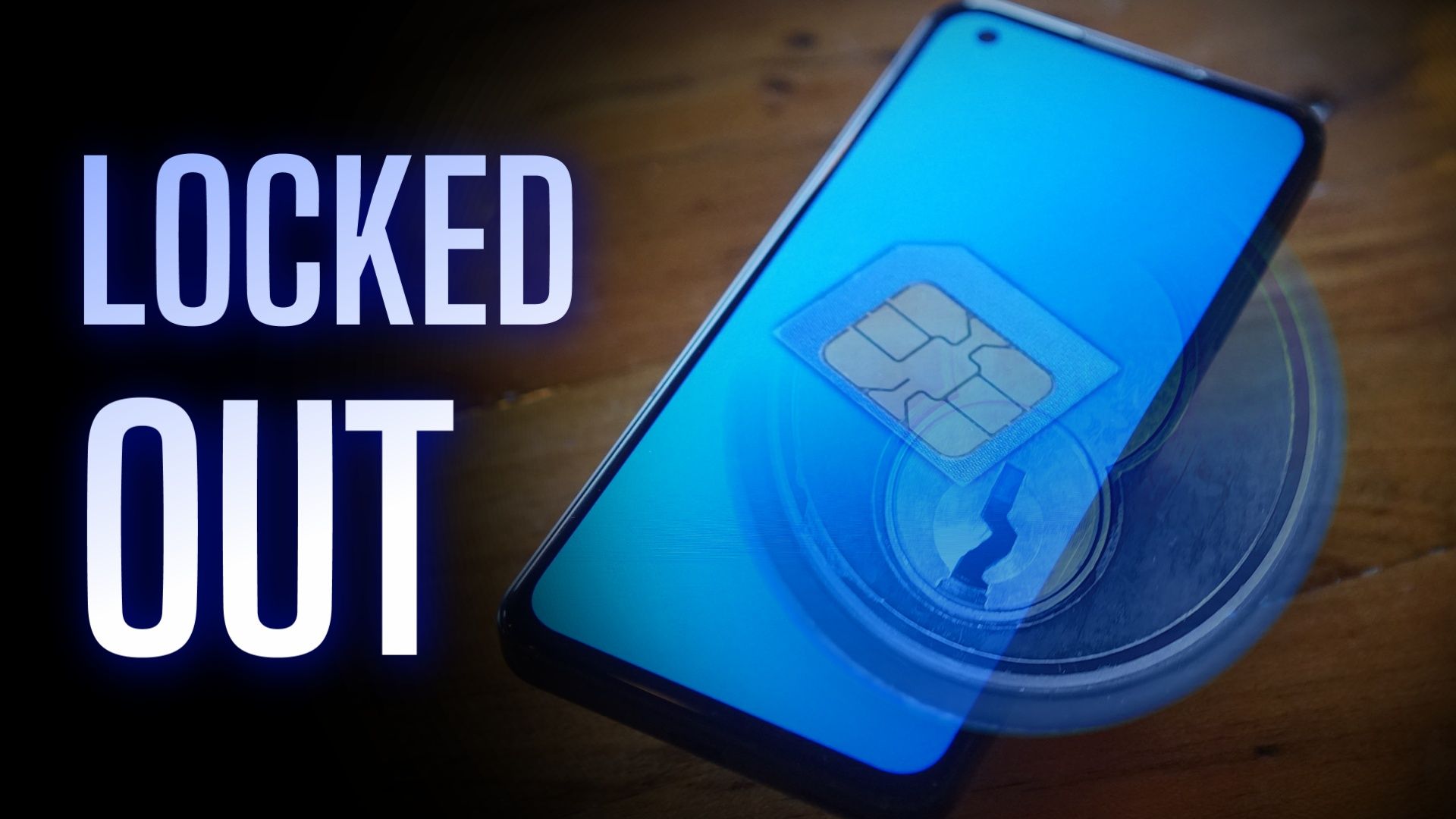
How to enable SIM lock on your Android phone
Prevent malicious SIM card use by adding an extra layer of security
Smartphones are already powerful on their own. Throw in a SIM card, and you have a device for communicating with others and accessing the internet. The SIM card gives you a phone number that identifies your phone on the issuing carrier's network. Whether it's a 5G phone or a budget Android phone, you can contact your carrier to lock your SIM card if it's stolen.

Every smartphone needs a SIM card that assigns you a phone number and lets you call, text, and use the best data plans. But, there's more than one type of SIM card, and the user experience varies between each.
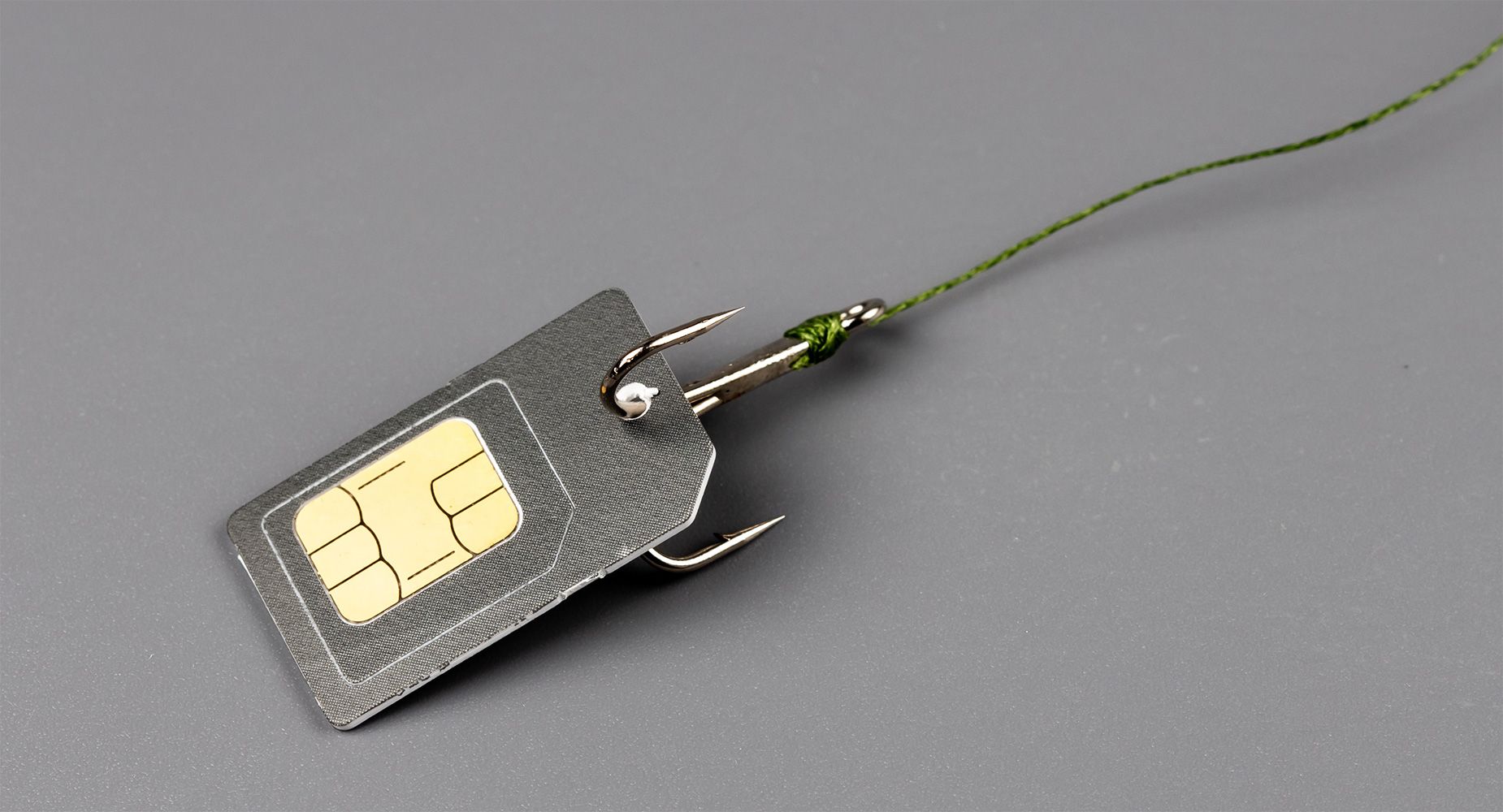
Imagine sitting at the dinner table, and your fancy new Google Pixel 7 Pro suddenly comes alive with debit alert after debit alert. You see the transactions pouring in and your account balance trickling away, but you can't do anything about it. You call for help, but the line won't connect. Texting isn't an option either.
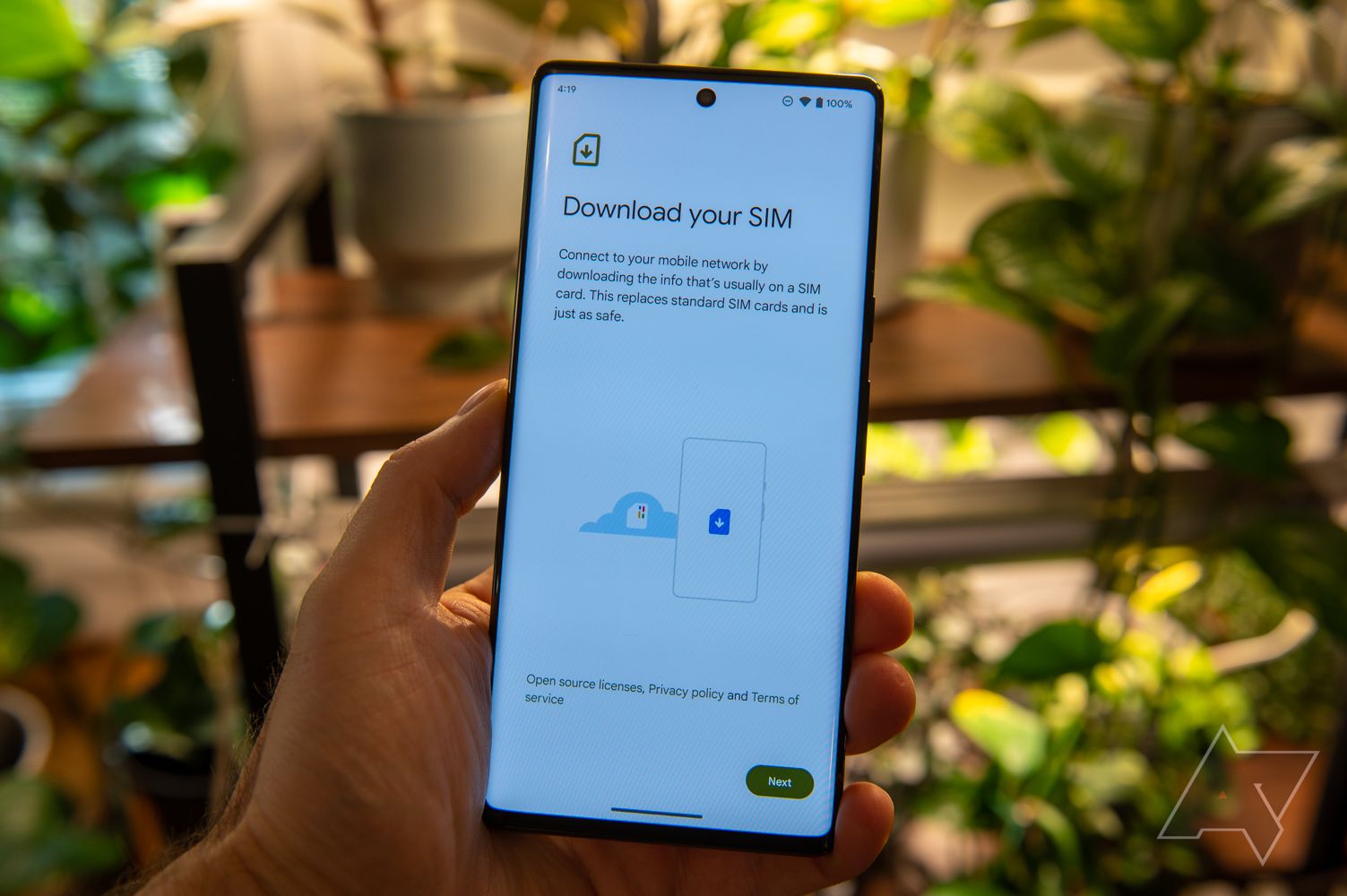
How to activate an eSIM on every major US carrier
Here's how to enter the world of digital SIM cards
eSIMs are becoming more popular, but activating them isn't straightforward. Since Apple made the iPhone 14 eSIM exclusive, everyone is wondering when their phone manufacturer will follow suit. However, these steps are still in the early stages, and there isn't a standard way to activate eSIMs on each carrier or device yet.

Does Visible support eSIM?
Visible allows activations with physical SIMs and eSIMs as long as the carrier supports your phone.
Visible is a prepaid carrier owned by Verizon that has focused on delivering truly unlimited plans with straightforward pricing and no hoops to jump through to get the best rates. Visible has no stores, so customers need to handle most of their own account setup and activation, though customer support is available for assistance. If you want to sign up for phone service with Visible, you can get your phone activated in just a few minutes without waiting for the mail or driving to a store.

You can now sign up for Telegram without a SIM card
Telegram 9.2 comes with auto-delete conversations, Aggressive Anti-Spam mode, and more
Like WhatsApp, Telegram requires a phone number to sign up for the service, with your account tied to it. Privacy-conscious folks might not be comfortable with this, even though the best communication app for Android lets you hide your number from other users. Telegram is changing this with the latest release of its app by allowing you to create an account without a SIM card.
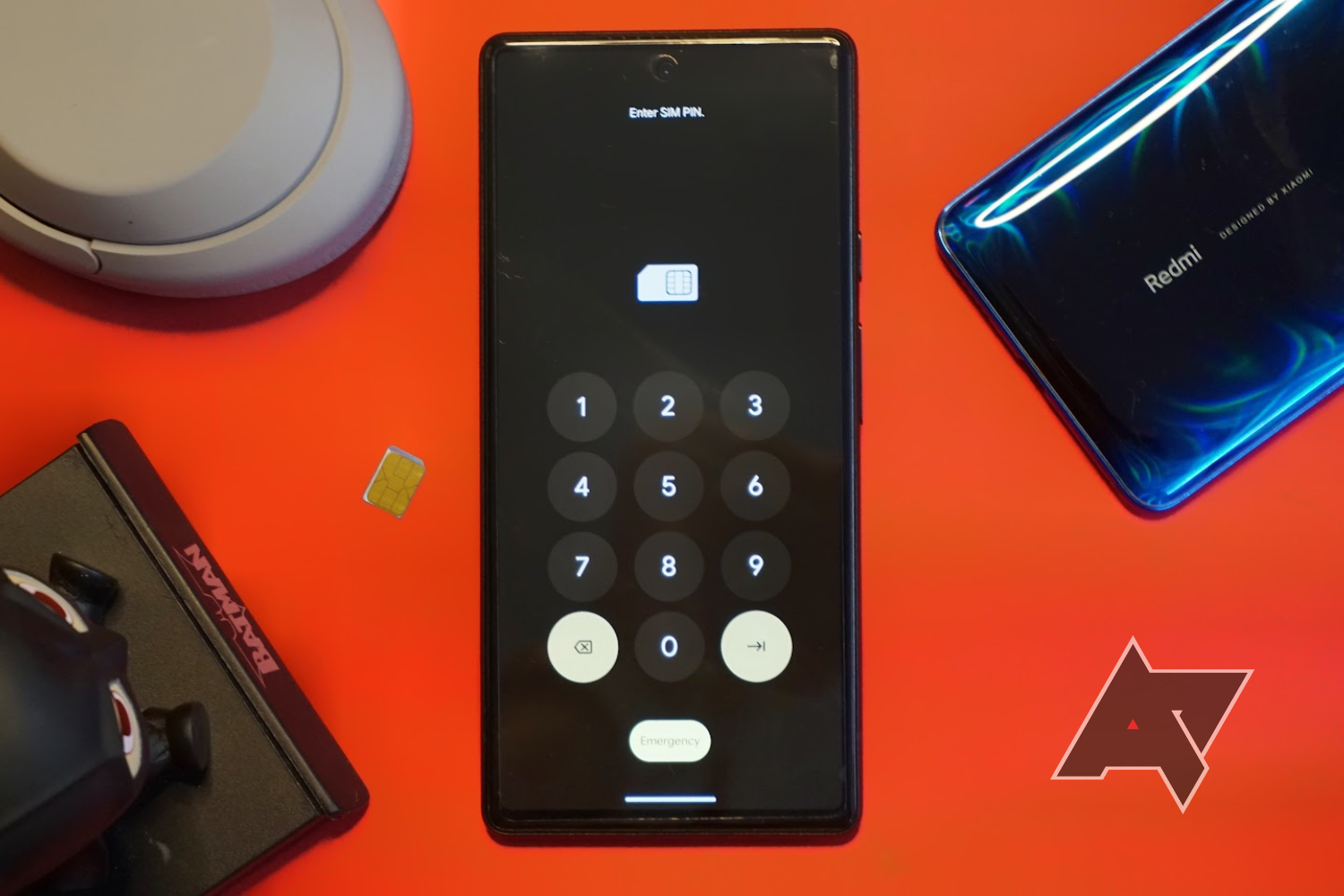
One-minute hack allowed lock screen bypass on Android, current Pixels are safe
And that's why you always need to install your security patches, folks
Read update
Right on schedule, Google released its November security update for Pixel phones — and to look at the short list of user-facing changes, it would appear that this is little more than a routine release to address a few bugs, including fixes to reduce power consumption, screen flickers, and an occasional app crash. However, this update also fixes a pretty serious vulnerability that could allow a person to bypass the lockscreen of many Android phones in less than a minute without any software or special tools.

This eSIM is ready for your phone, even if your phone isn't ready for eSIMs
But the "e" this time stands for "expensive" — the full version costs $70
You might already know what an eSIM is, even if your phone doesn't support the technology. It's basically a dynamic SIM card that's built right into your phone, programmable to work with multiple carriers or MVNOs. Instead of tediously swapping little plastic cards when you change carriers, eSIMs make shopping for a new plan almost as easy as installing an app. Not many phones support the relatively new technology, but one company has brought eSIM functionality to seemingly any Android phone.

T-Mobile is making it slightly harder for hackers to steal your phone number
There's an added layer of security but it isn't completely foolproof
Using two-factor authentication (2FA) can be an effective way to reduce your chance of falling victim to scams, privacy breaches, or any manner of hacks. However, even that isn't completely secure, especially if you use your phone number to receive 2FA codes — hackers have resorted to SIM swapping, which tricks carrier reps into fraudulently transferring phone numbers to a hacker-controlled SIM. Thankfully, T-Mobile is making that a little more difficult with a new policy that kicked in earlier this month.
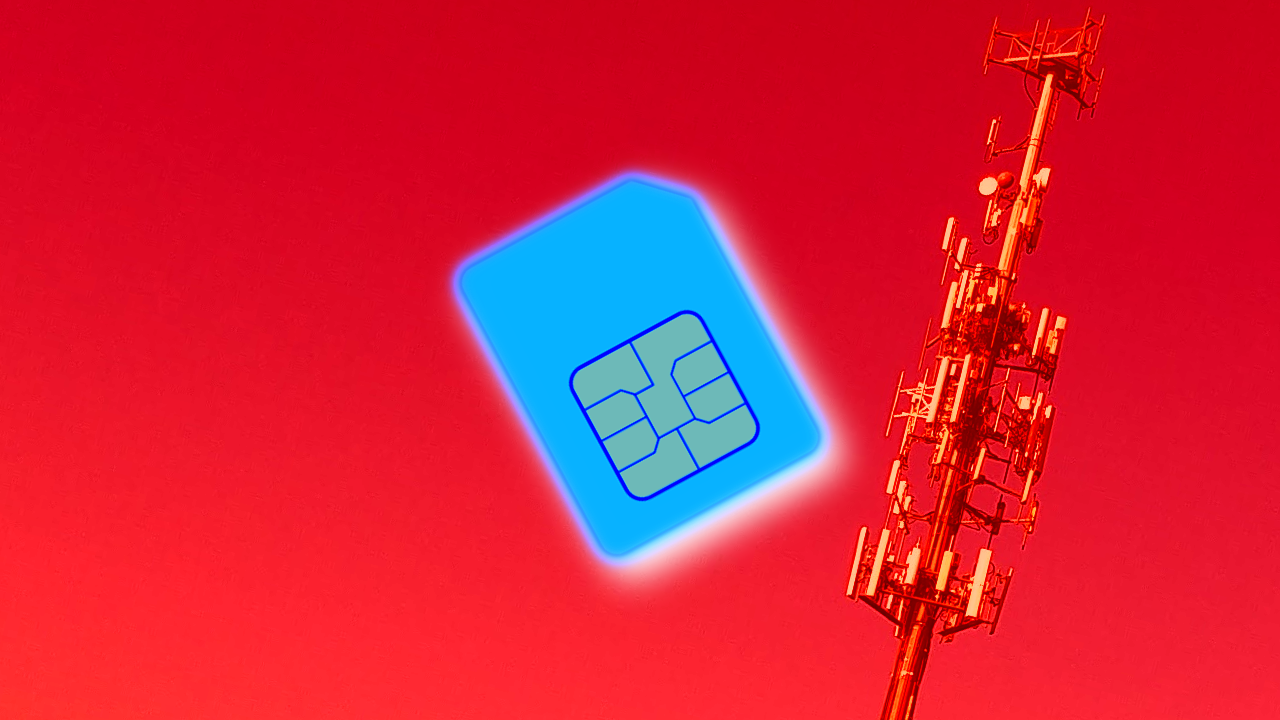
The FCC may finally do something — anything — about phone number theft
But the commission has only announced that it's started making rules to combat SIM swapping
The FCC is poised to tackle some of the most common threats in modern identity theft as it begins drafting rules against SIM swapping and port-out fraud.

One of the key pieces to our digital identities, whether we like it or not, is our mobile phone number. You likely use it one way or another in a two-factor authentication login (you shouldn't). Thing is, as it's been demonstrated quite a few times, they can be easily hijacked in a few easy steps by malicious actors ringing up carriers' customer service representatives — many of whom are all too understanding in helping users out of what's supposedly a stressful situation. So, just how easy is it to steal someone's phone number on a prepaid network? Researchers at Princeton University say extremely so in a recently published whitepaper draft.

Yesterday, security researchers at AdaptiveMobile Security revealed the existence of a new exploit they call "Simjacker," which they say allows for remote surveillance from targeted phones (among other potential actions) using nothing more than a malicious SMS. They even claim that the exploit has been actively used over the last two years by "a highly sophisticated threat actor in multiple countries." It all sounds like a pretty big deal, and unfortunately for concerned consumers, the researchers leave plenty of unanswered questions.

Some groups on Google Fi have been saving $15 a month per person by putting data-only SIMs into their phones. By grabbing a virtual number and using it with their VoIP and web-based messaging apps — along with a little work in the APN settings — they could circumvent the base cost for voice and text service that a smartphone SIM brought. And while it might be completely acceptable to do, the carrier has sought to cut down on how many people can take advantage of what's effectively a loophole. It just introduced a new limit on how many data-only SIMs each account may have active.

Yesterday Verizon announced its intention to modify FCC restrictions placed on it a decade ago, requiring that the company explicitly not lock its phones. If its request is granted, Verizon plans on selling all phones as locked for a 60-day period. The company claims it needs to break the terms it previously agreed to so that it can fight an amalgamated but undefined fraud/criminal/boogeyman element. That's right, Verizon is spinning its plan to circumvent consumer protection rules as... a consumer protection move.

MetroPCS, now named 'Metro by T-Mobile,' received a fair bit of negative attention last year after it began charging all customers a $15 fee for the privilege of activating a new phone — even after putting a SIM card you already owned into another device. The company reversed the policy after enough customers complained, but there seems to be some confusion about the company bringing back the fee.
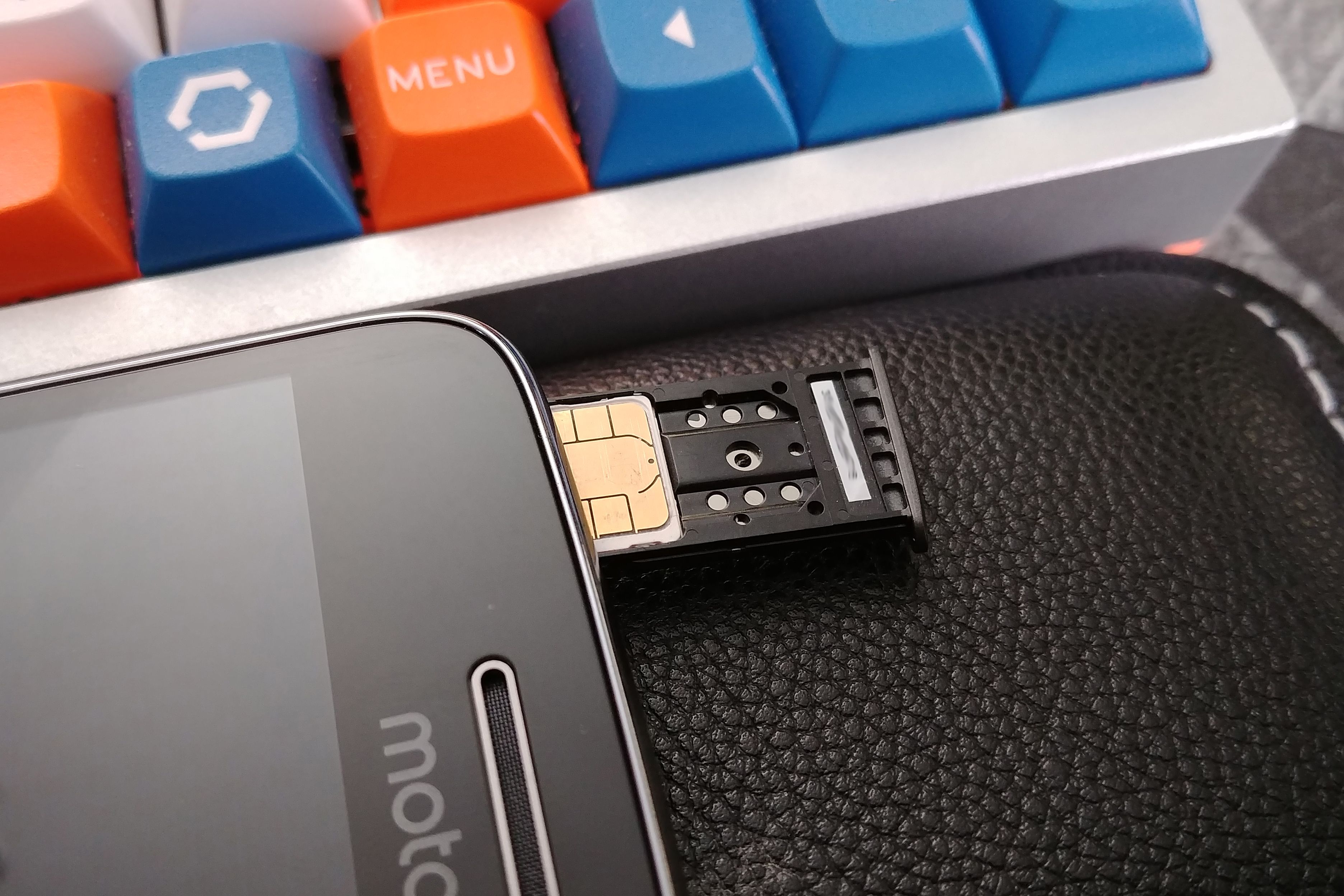
Now that Android Pie is in the rearview mirror, it's time to start obsessing over Android Q. Luckily, a leak last week revealed some positive changes like a system-wide dark mode and refined permissions. It's not all rainbows and unicorns, though. Additions to the Android source code suggest that Google will also give carriers new tools to SIM lock phones.

Last month, Metro by T-Mobile (formerly MetroPCS) started charging customers a $15 fee whenever they put their SIM card in a different phone. The fee has technically existed for years, but it wasn't enforced well — customer support or sales representatives often canceled the charge. Metro's new policy made the fee mandatory, and the $15 charge didn't even include taxes.

Read update
- SIM swaps are now free on Metro, see this post for more details.
Back in September, the T-Mobile-owned MetroPCS was rebranded to 'Metro by T-Mobile.' Along with the name change, the carrier refreshed its available plans, which looked great on paper; $60/month gets you unlimited LTE data, 100GB of Google Drive storage, Amazon Prime, and other goodies. However, there's a new catch if you plan on switching — you'll have to pay $15 any time you put your SIM card in a new device.

Chromebooks with built-in SIM cards used to be relatively common, but they've fallen out of style in recent years. As Chromebooks become more and more functional offline, the need for always-on cellular connectivity seemingly isn't as important as it used to be. According to recent code commits, it looks like Google might be bringing back cellular support in a big way.











